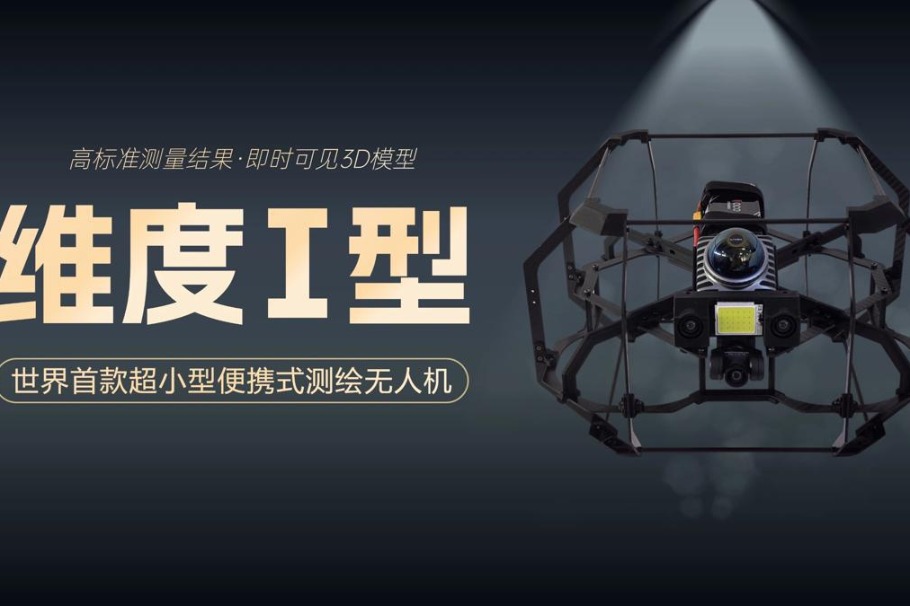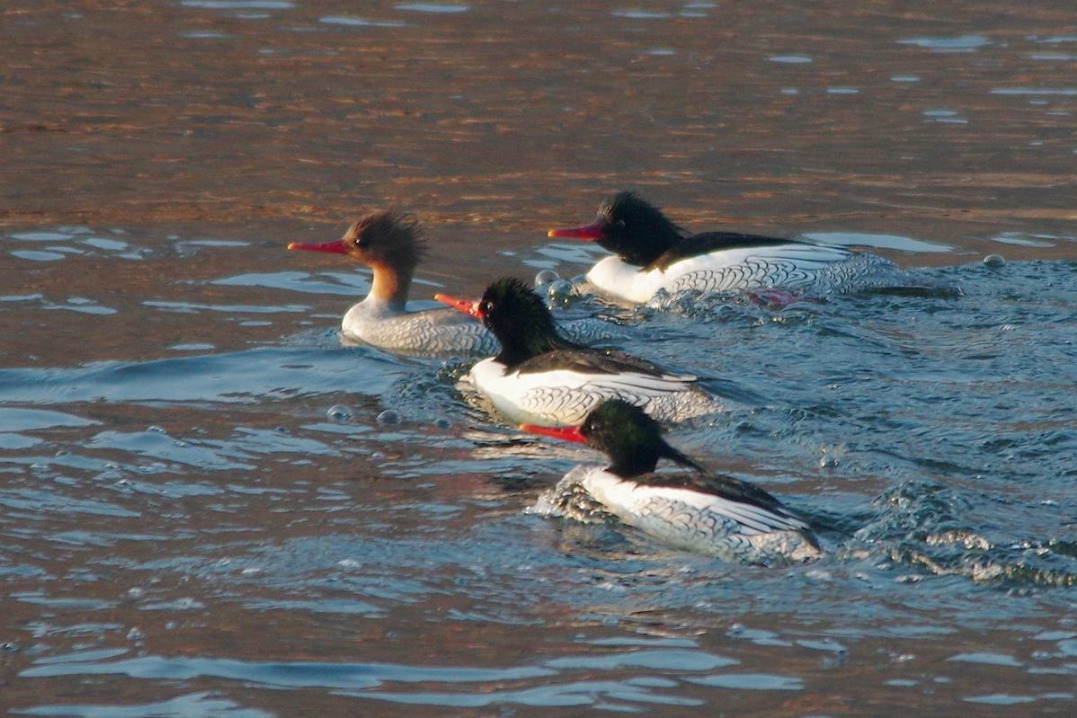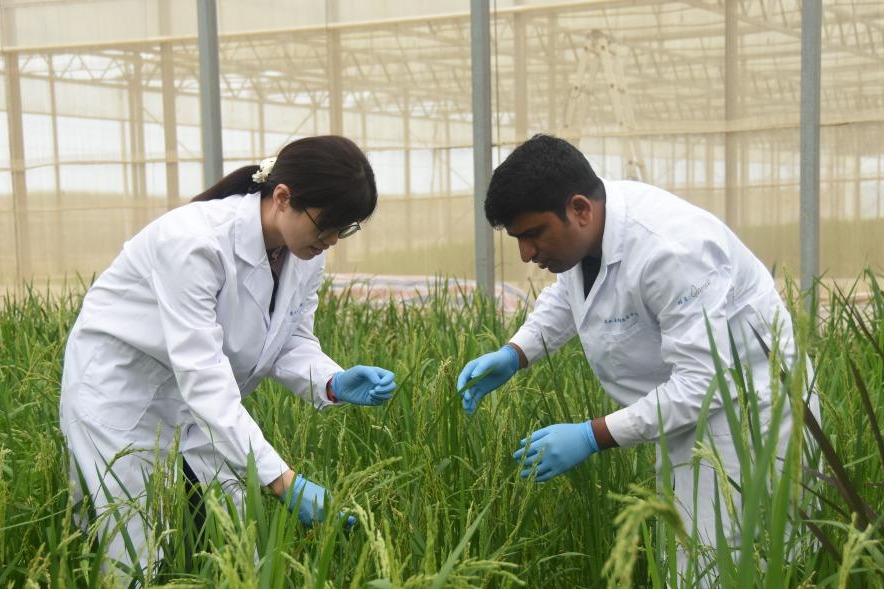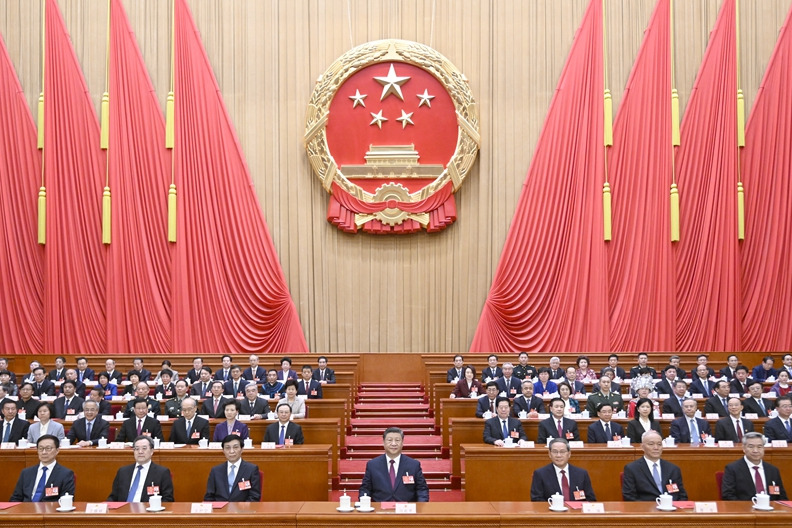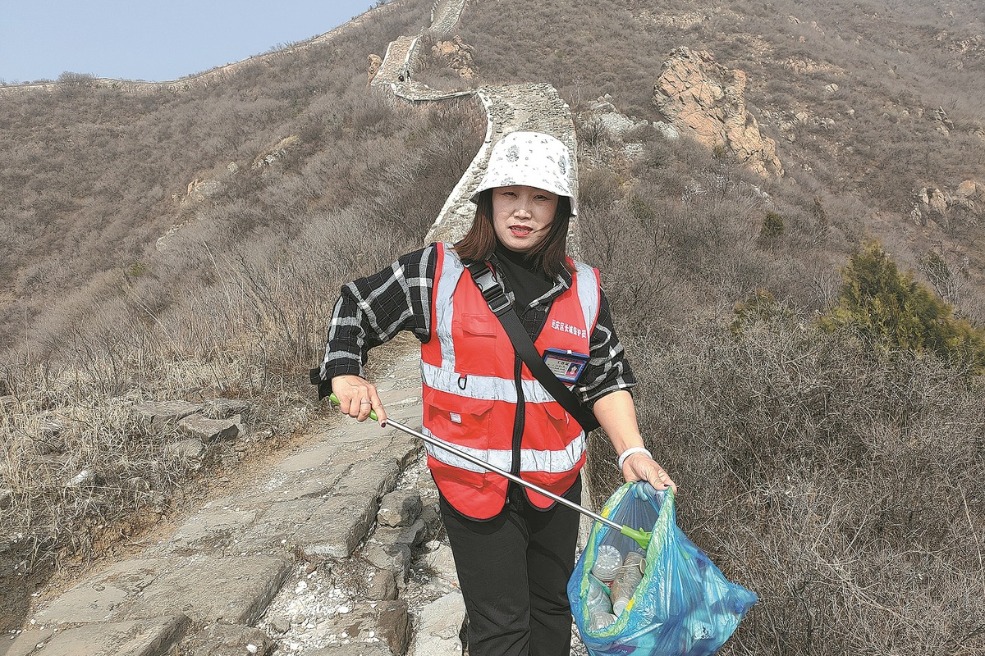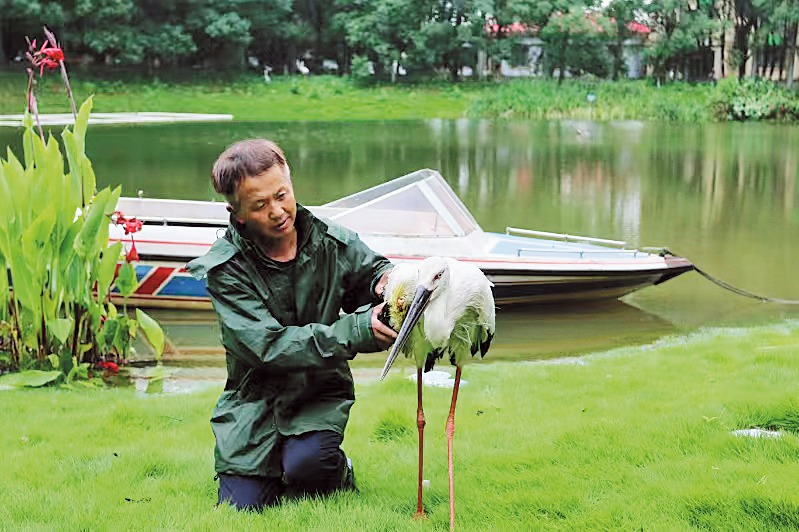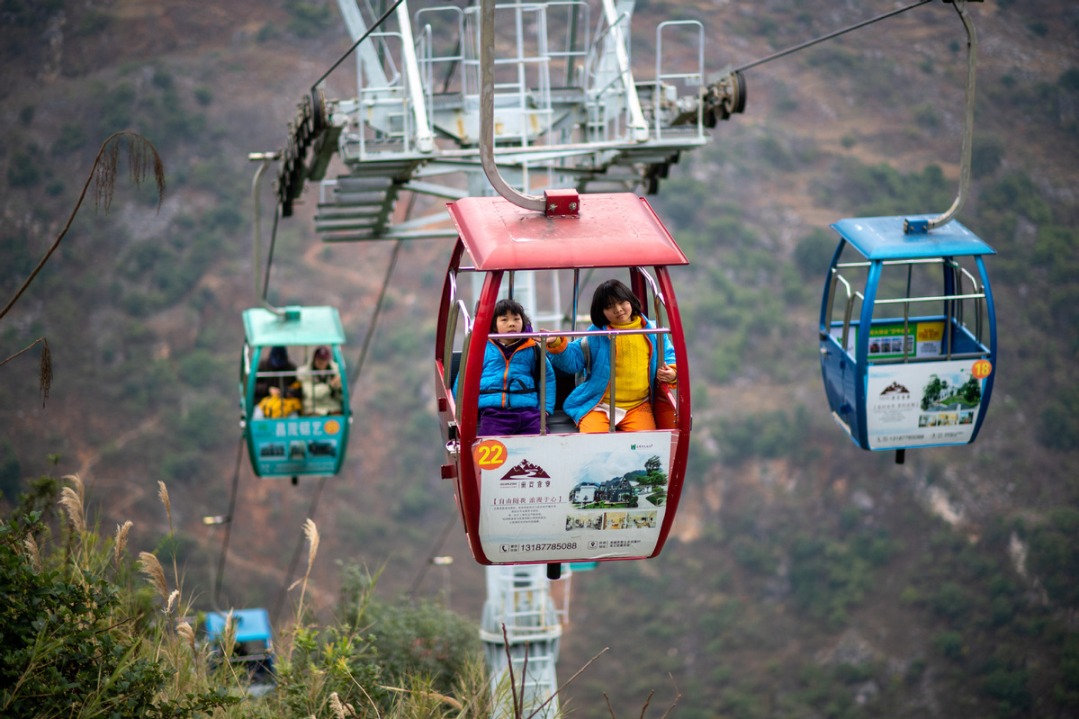Ingenuity and a big bucket lift migrating fish over dams

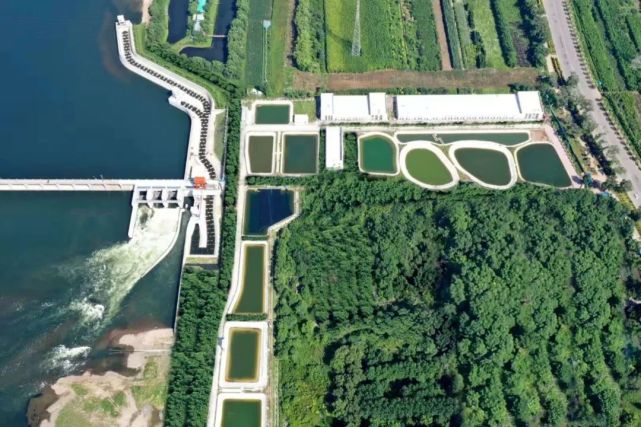
The survival chances of fish migrating upstream in Jilin province's Songhua River Basin have been vastly improved through human ingenuity and an innovative system that helps them circumvent large dams.
Driven by an instinct to spawn in the river's upper reaches from late spring to summer, they encounter two 100-meter-high dams at Fengman hydropower station.
Fortunately, the staff of the hydropower station has devised a clever way for the fish to complete their upstream journey-the first time the migration has been successful in 80 years.
When they come to the lower dam, the fish are enticed to swim into a man-made current that guides them into a large bucket. The bucket is then lifted out of the water and loaded onto a carriage running on tracks to a staging location, where it is hoisted to the top of the dam by a port crane.

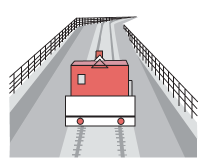
The bucket is then transferred to another carriage to reach the top of an older, higher dam, which Songhua Lake lies behind.
A crane then places the bucket on a ship, which carries it to predetermined release points on the lake. Workers open the bucket, and the fish swim to freedom, helping ensure the survival of a number of species. From start to finish, the automated transportation of the fish-which include lamprey, burbot, grass carp, black carp and chub-covers 30 kilometers and the entire process is done by remote control.
"The migration season for fish in the Songhua River is from May to August. However, the channel has been blocked for more than 80 years, since the old dam was built in 1937," said Liu Yalian, chairwoman of the labor union of the Fengman construction bureau of State Grid Xinyuan, which runs the station. Installed capacity of the station reaches 1.48 million kilowatts of electricity, mainly offering power for Northeast China.
Interruption of fish migration may separate a species upstream and downstream, reducing genetic diversity. It may also change the habitats of some fish, affecting their growth and reproduction and threatening the environment, experts said.

The company began building the innovative fish transport system in 2018, in line with the national strategy to emphasize ecological preservation during development projects, Liu said.
The system-an elaborate fish ladder-began trial operations in July. It has enabled fish migration to resume, allowing some 50,000 fish to pass in July and August, including some rare and endangered species.

Du Xiaoyan, director of the science and education department at the Jilin Academy of Aquatic Science, said the fish ladder will ease the negative influence of dams on migration, and play an important role in promoting a diverse gene pool. It will support the breeding, growing and overwintering of fish, helping safeguard a balanced ecosystem in the Songhua River Basin, as well as sustainable development.
- Beijing slams Taiwan leader over 'independence' remarks
- Shanxi clinic leads the way in weight control initiative
- Former Xizang Party chief indicted on bribery charges
- New tool helps predict liver cancer recurrence
- Disciplines from Chinese universities rank among the global top three
- Legoland Shanghai Resort enters final construction phase
















